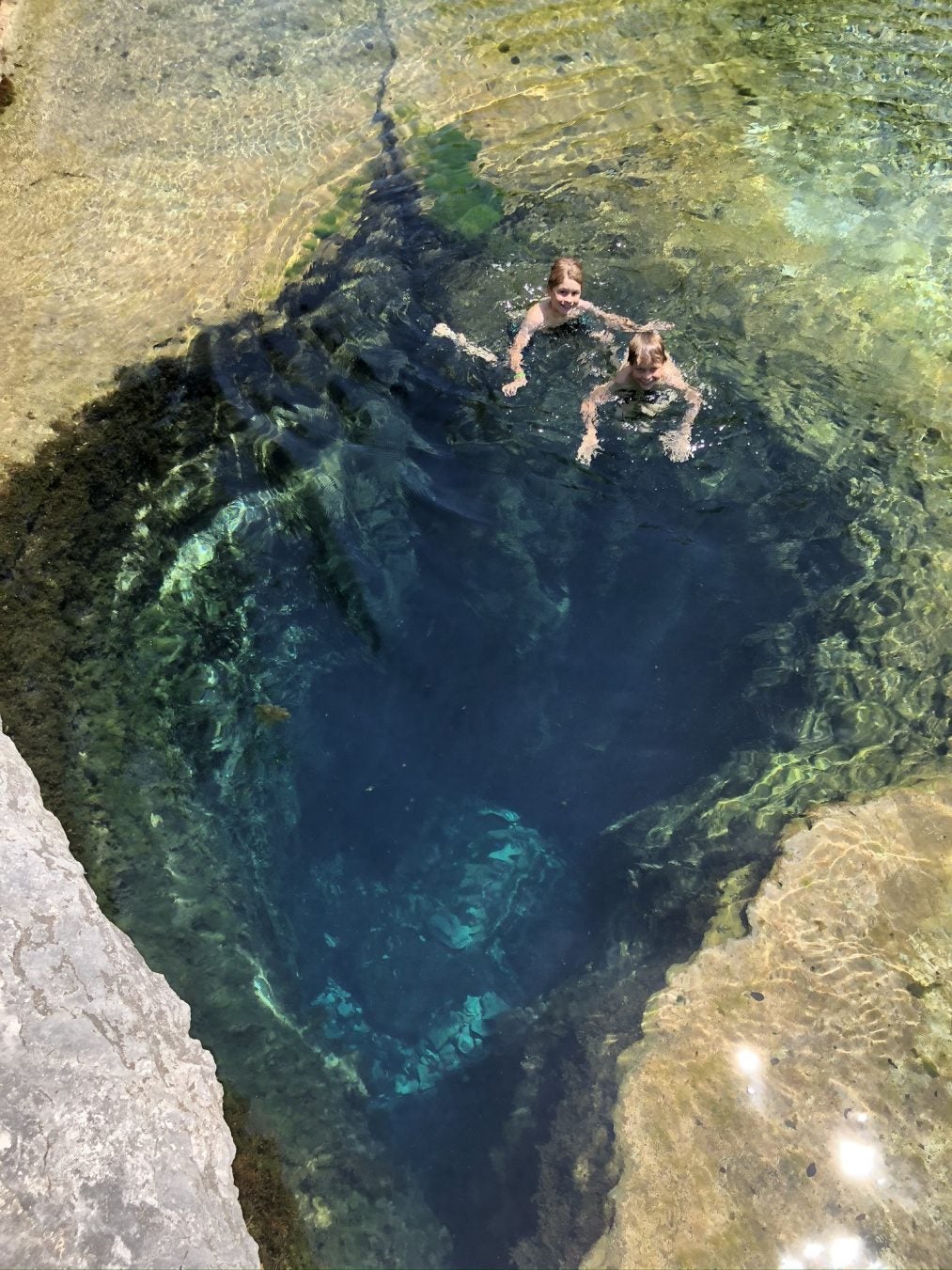3 strategies to create a resilient water supply for Texas
The world is a different place now than it was when I grew up in Houston in the 1980s. I have vivid memories of steamy summer thunderstorms consistently interrupting my afternoons at the neighborhood pool. My sister and I would head home and swap our swimsuits for raincoats, then stomp around muddy ditches and dig up crawdads while thick warm raindrops drenched our faces.
My sons will have very different memories growing up in Texas. Their memories will be marked by extremes — football games either played in dust bowls or canceled because the field had become a lake.
As my children grow up in this era defined by persistent drought, periodic floods, and now the COVID-19 pandemic, I’m concerned about their future as nature will continue to test the state’s best-laid plans.
Rivers and streams in Texas depend on groundwater for one-third of their flow, yet groundwater supplies continue to decline. Share on X
Now, more than ever, we must protect our water resources
Access to water is critical to public health, fragile local economies and food production. The benefits of water are also intangible. Confined to our homes, many of us are realizing that time spent along the banks of a lake or clear flowing creek offers much-needed respite.
But we can’t take water for granted. We must work to ensure that we are managing our water resources in a balanced, sustainable way that considers the needs of rural communities, landowners and nature.
Groundwater is hard to see and manage, but it doesn’t have to be
Groundwater is the least understood and, consequently, the most undermanaged water resource in Texas.
Groundwater is critical to Texas’s ecology and economy. It is the primary source of water for agriculture and rural landowners and communities in Texas. Our state’s rivers and streams depend on groundwater for a third of their flow.
Yet groundwater supplies continue to decline under our current framework.
To overcome the shortcomings of current groundwater management in Texas, we must consider the following strategies:
- Create policies that adequately recognize the hydrogeological connection between groundwater and surface water such as rivers, streams and springs.
- Engage diverse stakeholders, especially landowners, in the development of groundwater solutions that protect landowners’ property rights, recognizing the emotional connection they have to their land and water and honoring and encouraging stewardship.
- Provide adequate financial support for local groundwater conservation districts to appropriately manage groundwater resources. This includes funding for local science to better understand the volume of water that can be pumped from aquifers in perpetuity without causing adverse economic or environmental impacts.
My husband and I recently became landowners outside of Austin on the Blanco River. Watching my two boys skip rocks from the banks of the river certainly motivates me to ensure it continues to flow. If we want Texas to remain a place we cherish for generations to come, building the needs of both nature and people into our water policy and management will be vital.











